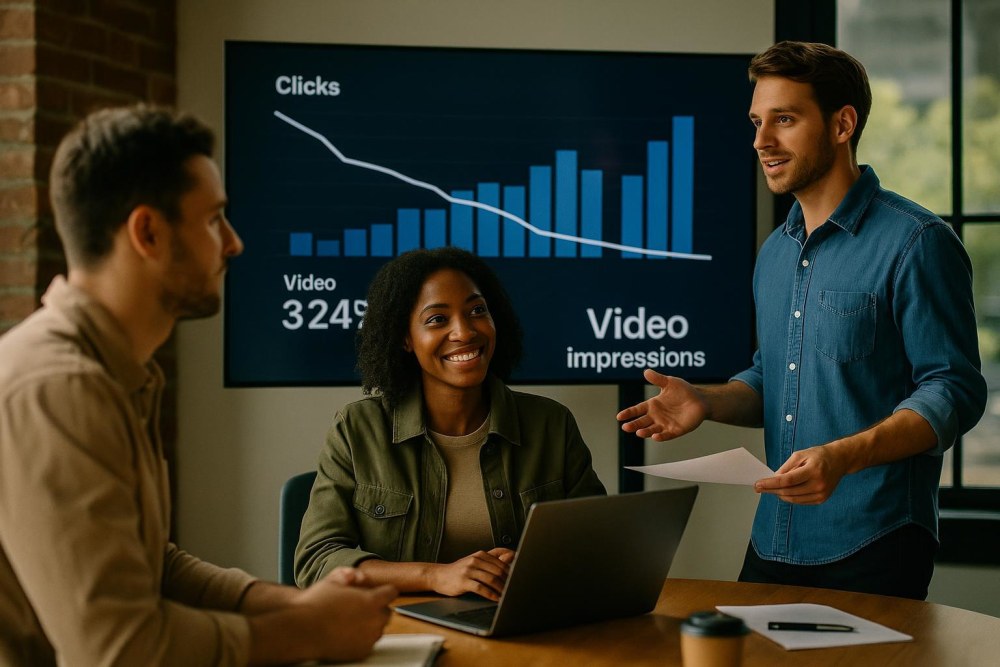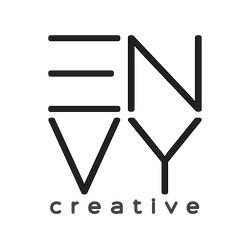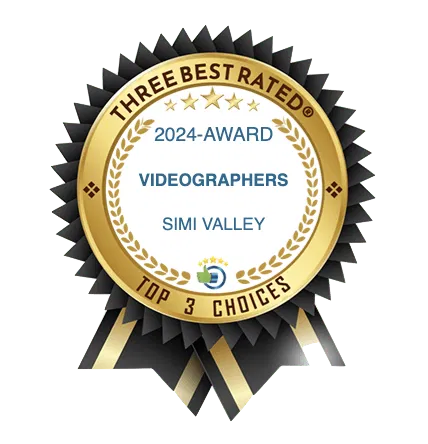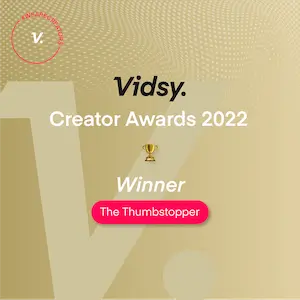Why leaders should care about video now
If you are a decision-maker who signs off on budgets and measures growth, you already know brand awareness is table stakes and conversion velocity wins deals, but video is the accelerating force that ties both together, and in the AI era video scales faster and smarter than ever before.
Video Marketing Growth Framework for the AI Era
I run video strategy and creative at Envy Creative, and over the last decade I have learned that the best video programs blend creative craft with operational rigor, they use data to inform emotion, and they leverage emerging tools to do more with less. This framework is built for businesses that want high-quality video content, measurable results, and a partner that understands both aesthetics and KPIs.
AI as a multiplier, not a replacement
One of the biggest misconceptions I hear is that AI will make creative teams obsolete, in reality AI is a multiplier, it automates repetitive tasks, surfaces insights faster, and frees teams to focus on strategic storytelling. I remember on a recent shoot we used generative tools to produce dozens of title sequences and captions in minutes, that saved editing hours and enabled us to test multiple hooks in market on day one after launch.
Pillar 1: Strategy, anchored in business goals
Start by aligning video objectives with business objectives, conversion, lead generation, brand awareness, retention, or product adoption. A typical engagement at Envy Creative begins with a briefing that ties each video to a measurable outcome; this keeps creative decisions accountable and budgets optimized.
Pillar 2: Story, designed for platforms and people
Great video is great story, but great story informed by platform behaviors wins attention. Short form social needs immediate hooks, product demos benefit from clarity and social proof, and long form thought leadership needs a narrative arc. I always advise clients to map stories to the customer journey, then adapt the same core message across formats.
Pillar 3: Production systems that scale quality
Production is where vision meets execution, and systems matter. Invest in preproduction processes that include scripting, shot lists, and style frames, and use checklists on set to maintain brand consistency. We standardize workflows so high-quality output can be replicated across campaigns; AI tools can accelerate editing, transcription, and asset generation, but the creative brief still dictates taste and tone.
Pillar 4: Distribution with an experimentation mindset
Distribution is not one size fits all, and distribution budgets should be treated as investment not expense. Test different edits, thumbnails, captions, and CTAs, then double down on winners. Use AI-driven analytics to detect early signals, such as engagement patterns, drop-off points, and behavioral anomalies, then adapt creative quickly.
Measurement, attribution, and learning loops
Measure what matters, and set success metrics up front. For awareness campaigns track view-through and reach, for demand campaigns track CTR and conversion rate, and always connect video performance back to revenue when possible. Create learning loops, where insights from performance feed into creative revisions; at Envy Creative we run weekly retros that turn data into actionable creative briefs.
How to structure a scalable content calendar
Build a calendar that balances evergreen pillars and campaign spikes. I recommend a 70-20-10 split: 70 percent evergreen or core content, 20 percent promotional or seasonal bursts, and 10 percent experimental formats. That approach smooths production cycles and allows you to fund creative risk without jeopardizing consistent output.
Tools and tech that actually move the needle
Not every shiny AI tool is worth adopting; prioritize tools that reduce time to market or increase insights. We use AI for transcript-based edits, automatic captioning, metadata generation, and rough-cut assembly, then we apply human oversight for tone, pacing, and brand alignment. This hybrid approach keeps quality high while driving efficiency.
Creative leadership and cross-functional teams
Video succeeds when creative leaders work closely with product, sales, and analytics. Embed a cross-functional representative in planning sessions so creative decisions are grounded in real business constraints. I used this approach on a product launch that required legal, engineering, and sales sign-off; the collaboration shaved weeks off approval time and improved messaging clarity.
Tactical checklist for your first 90 days
Start with a rapid audit, then move to pilot production and measurement, here are the key steps:
Audit existing assets and performance
Define 2 to 3 measurable goals
Create a 90-day content and distribution plan
Produce a pilot batch of 4 to 6 videos with variations
Run paid and organic tests, measure results weekly
Iterate based on data and scale winners
Need help getting a tight pilot off the ground, or want custom video content that aligns with this framework, visit thinkenvy.com and we can start with a strategy session that maps creative to outcomes.
Common pitfalls and how to avoid them
Decision-makers often make three mistakes: expecting viral results from a single video, underfunding distribution, and treating AI as a magic bullet. Avoid these by planning for repeatable content, allocating budget to testing and paid distribution, and using AI to augment human creativity rather than replace it.
Real client story, short and practical
One client in SaaS wanted faster trial signups, they had strong product-market fit but weak video assets. We produced a modular set of demo clips, customer testimonials, and short ads, then ran an A B test that increased trial starts by 42 percent in eight weeks. The secret was modular creative and rapid iteration, plus aligning a small paid budget to amplify high-performing variants.
How to scale without sacrificing brand
Scaling means consistency, so invest in a brand playbook for video, including visual language, tone of voice, and reuse rules for assets. Use templates for lower priority content, keep bespoke production for flagship campaigns, and protect your brand with a final human review stage in the workflow.
Future-forward advice for the next 12 months
Stay curious about AI advances, prioritize first-party data for personalization, and treat video as a continuous testing channel. The teams that win will be those that marry creative courage with disciplined experimentation, they will iterate faster, learn more, and capture attention more efficiently.
Next steps for leaders who want impact
If you are evaluating partners or building an internal studio, start by piloting a small program that follows this framework. Focus on measurement, create a feedback loop, and scale the formats that deliver real business outcomes. For tailored support and custom video content that aligns with your growth goals, reach out at thinkenvy.com, we craft strategy led video that drives measurable growth.
Parting note from a creative director
Video in the AI era is an opportunity to multiply both reach and relevance, when you combine creative leadership with smart tooling and a relentless focus on outcomes you get predictable growth, and as someone who has sat in your seat signing off on campaigns, I can tell you the right partner makes the difference between costly experiments and scalable success.















